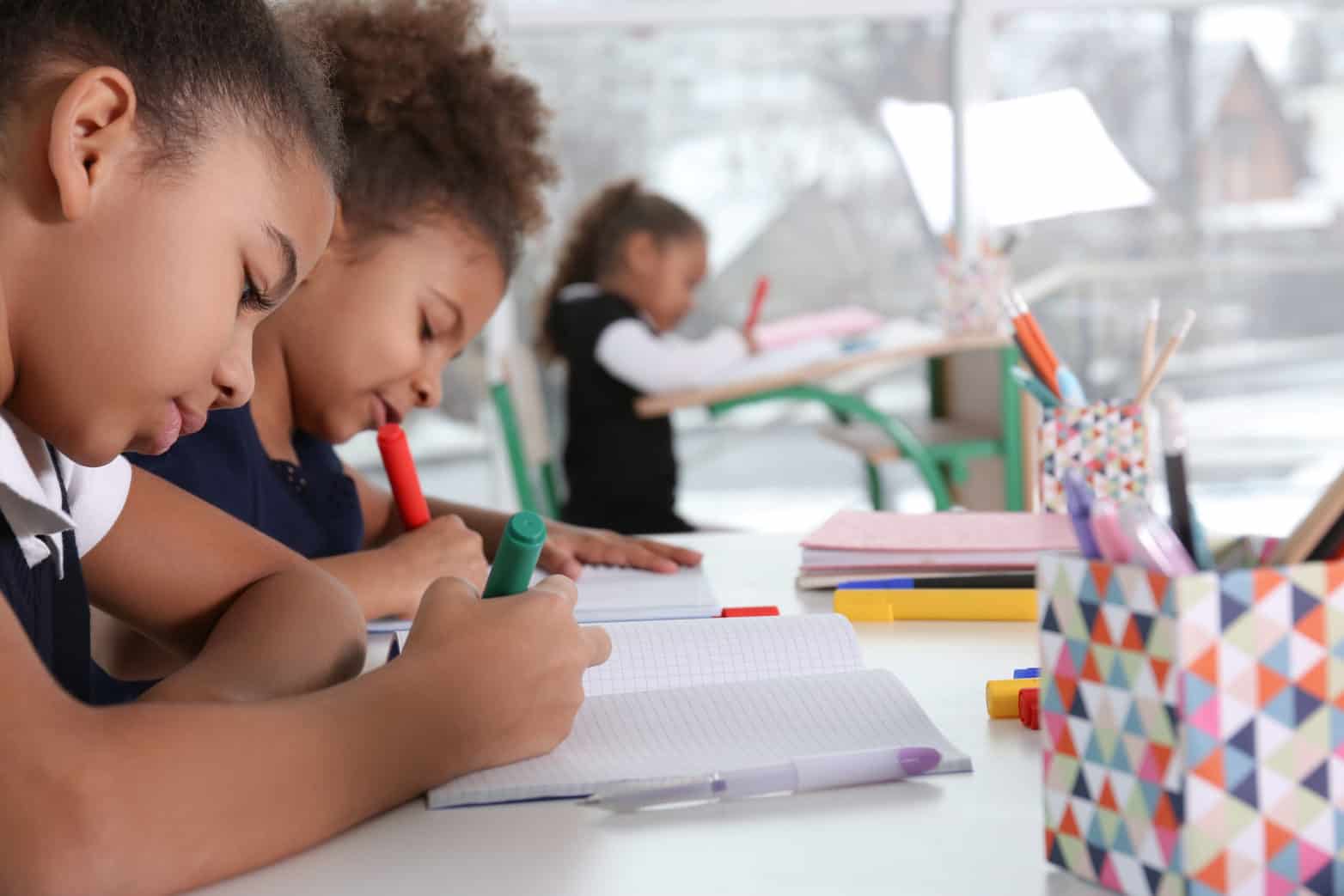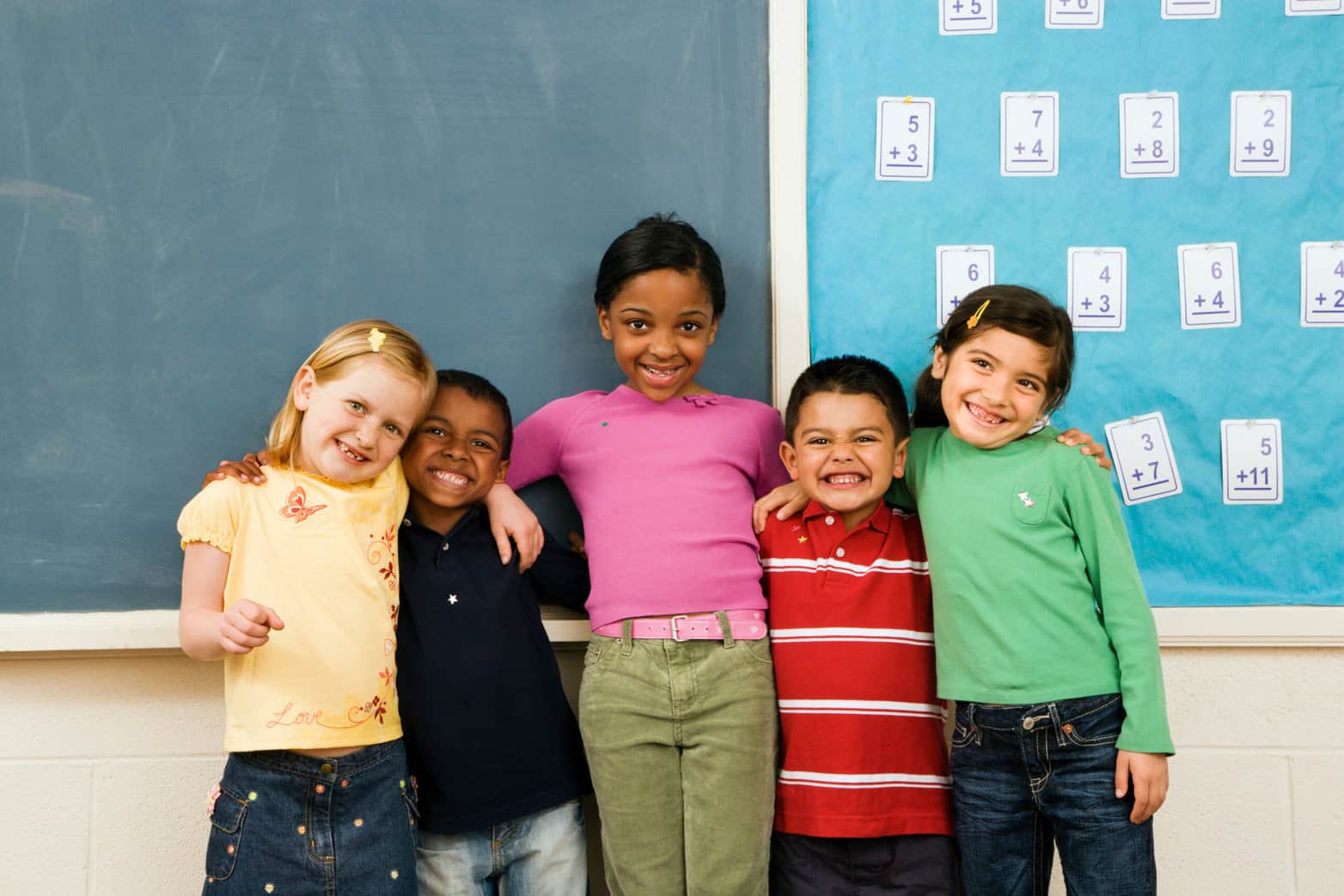The importance of honoring student identity
In my last post, I shared how lack of positive representation in the classroom made me feel disempowered and what I do to make my classroom a safe haven for students. In this post, I’ll explore why positive representation that affirms student identity is so important for my students and myself as an educator.
My early schooling experiences contributed to feeling like I couldn’t speak up or try to break down the racism and supremacy that plagues our education system. One of my greatest fears was being labeled “aggressive” or seen as the “angry Black woman.” I didn’t want colleagues, parents, or administrators to dismiss my concerns with retorts of, “Here we go talking about race again.” I stayed silent because of my fear, allowing further destruction and trauma to seep into the souls of my students, especially my students of color. What I realize now is that, in the midst of my turmoil, I missed out on the beauty of getting to know some of my students. I missed out on the opportunity of allowing them to flourish and to cultivate who they were while they were in my care. So, as I pondered what I could do to fix what is already broken, I began to reflect on experiences that brought me to this point.
When I was teaching in my first middle school, I loved working with middle school-aged students. Working with this age group is challenging, exhausting, but always exciting and rewarding! The setting was in a very rural area where Black students were very much the minority. It was upsetting to see how students, especially those of color, weren’t seen as students of color. Instead, many colleagues adopted “I see no color” as their mantra. At the time, I was okay with that. I didn’t necessarily feel students were treated differently based on their race. But there was still such a void of affirmation. With this mentality, educators lack awareness and appreciation of the diversity that each student offers. Ultimately, what happens is that students aren’t allowed to show up as their full selves because the demands of assimilation swallow up their culture. I’ll share an example of what I mean.
Toward the end of a school day, a young man was happily walking down the hall, rapping and singing as he headed towards his locker. I stopped him and talked to him, teasing him about the writing on his arms—during the day, he’d allowed his friends to write on his arms and wanted me to sign as well. I remember asking him what he was selling as if he were a billboard. We laughed and I asked him how his day was. This particular student was not a “model” student and his behavior was not always the best, but he and I had a rapport and I would often just check in with him. I told him to make sure he took a picture before he washed off his arms and he laughed and went along his way. He started singing loudly again, strolling in his little world as he walked past students slamming lockers and grabbing their things to go home. He was stopped by a teacher a few doors down from mine who yelled at him for being loud. He smiled but kept singing. The other teacher yelled at him even more.
The student, who’d made it through a whole day without getting into trouble, finally stopped singing. His smile disappeared and his head dropped. Despite this, the other teacher continued to tell this kid how disrespectful he was and that he was making too much noise. I was heartbroken: moments ago, the student was all smiles, but now I watched his shoulders drop and his head fall with a look of defeat on his face. As upset as I was, I just stood there frozen. I knew what was coming. I’d seen this before: a white male teacher reprimanding a Black male student who had already been labeled by the system.
What happened next was a moment that I will never forget: the teacher told this student that because he wouldn’t even look him in the eye, that he was being disrespectful, and that he would be written up! The student exploded. He yelled back at the teacher at the top of his lungs as he began walking away. I wanted to do something, but what? If I intervened on behalf of the student, I would have stripped that teacher of whatever authority he’d had with that student. At the same time, I didn’t want this student to think I was in agreement with what this teacher was doing. The write-up was not warranted and the teacher was wrong. This confusion kept me frozen in place. I will always regret not getting involved and standing by while a fellow teacher’s superiority complex tarnished a student’s good day.
I relived that day for a long time and often wondered what I could have done to help the student better navigate that situation. Ultimately, any “fix” would have only justified this teacher’s response. What I came to realize is that the student and I were in the same boat at that moment. We both felt shame, fear, and confusion. Neither of us could figure out a way to engage with that other teacher that didn’t make us feel these things.
I also came to realize that a mindset shift on the part of the other teacher would have been the most helpful. Rather than regarding the student as “wrong,” the teacher could have acknowledged a cultural difference between himself and the student. The student’s unabashed expression of joy at the end of a long school day could have been celebrated, perhaps with a smile and high five. But the teacher’s ignorance and privilege resulted in an entirely different outcome that left the student disempowered.
So, what can teachers do to make students’ voices heard and affirm their identities?
All too often, some teachers allow their mindset to destroy our Black students, especially our Black males. So, when students respond negatively out of frustration, they are looked at in a negative regard, and their reputation can be tarnished simply because they feel like they are unseen or unheard. In order to change this mindset, and to make these reactions obsolete, educators must:
- Learn their names. This is, by far, the most important thing an educator can do. I can’t emphasize this enough. Learning someone’s name and addressing them as such is a sign of respect. Everyone deserves to have their name known and used in a way that empowers them.
- Understand and convey that difference is not wrong. Difference is what makes students unique and encompasses all the tools and skills they’ve acquired along their journeys to our classrooms. Those tools and skills can enrich everyone’s learning.
- Create a collaborative and inclusive environment. This is key when honoring students’ voices in the classroom. Having conversations with students to steer this is crucial. Building relationships and student surveys are the initial steps. Many Black students who don’t feel represented or seen will gain a sense of belonging and they will thrive.
- Make mistakes and own up to them. As educators, we are constantly learning. By following the aforementioned steps, there will be mistakes along the way. It’s okay. Own up to them and learn from them! We expect our students to take risks with the benefit of knowledge gained, so we must set the same standard for ourselves.





